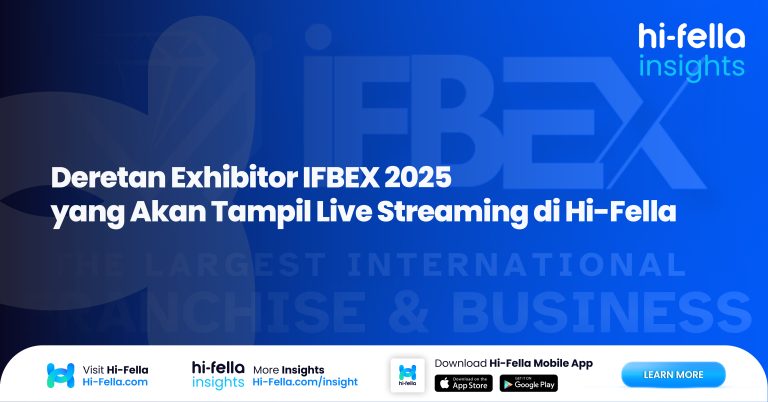Economics is a complex web of activities and interactions that govern our daily lives. At its core, economic systems rely on four essential factors of production, namely land, labor, capital, and entrepreneurship. Understanding these factors is crucial for students, economics enthusiasts, business professionals, and anyone keen on comprehending the underpinnings of economic production. In this article, we will provide a comprehensive explanation of these factors, their interactions in different economic systems, and their significance in fostering economic growth.
- Land (Natural Resources)
Land, in the context of factors of production, does not merely refer to dirt and soil; it encompasses all natural resources. These resources include forests, minerals, water bodies, and agricultural land. According to Investopedia, land is fundamental as it provides the raw materials needed for production. It is the source of food, timber, minerals, and energy resources.
Real-world Example: The oil industry heavily relies on land resources. Oil companies extract crude oil from the earth, which is then transformed into various products, from gasoline to plastics. This highlights the critical role of natural resources in economic activities.
- Labor (Human Workforce)
Labor refers to the human workforce and their skills, knowledge, and abilities. It is the effort and time people invest in producing goods and services. As mentioned by Rai Technology University, labor is crucial in the production process because it is the catalyst that transforms raw materials into finished products.
Real-world Example: In a market economy, workers play a central role in determining their wages and employment choices. In contrast, in a command economy, the government makes decisions about employment and wages for the labor force. This showcases how labor interacts differently in various economic systems.
- Capital (Physical and Financial Assets)
Capital represents both physical assets, such as machinery and infrastructure, and financial assets, including money. It plays a vital role in enhancing productivity and efficiency. Capital is the ‘tools’ that help labor work more effectively.
Real-world Example: An automobile assembly plant utilizes both physical capital (machinery and production lines) and financial capital (investment in the business) to produce vehicles efficiently. The balance between these types of capital is crucial for success.
- Entrepreneurship (Innovation and Organization)
Entrepreneurship is often considered the driving force behind economic progress. Entrepreneurs bring innovation, organization, and risk-taking into the equation. They identify opportunities, combine resources, and create new products or services.
Real-world Example: Entrepreneurs like Steve Jobs, who co-founded Apple Inc., revolutionized the technology industry by introducing innovative products like the iPhone. This highlights how entrepreneurship fuels economic growth by driving innovation.
Interactions in Different Economic Systems
Now, let’s explore how these factors interact in various economic systems:
- Market Economies
In market economies, land, labor, capital, and entrepreneurship operate under minimal government interference. These economies thrive on competition and the forces of supply and demand. Firms strive to allocate resources efficiently to maximize profits. For example, hi-fella.com, a platform connecting buyers to sellers, heavily relies on entrepreneurs and capital investment for its success.
- Command Economies
Command economies, in contrast, are heavily regulated by the government. The state makes key decisions about resource allocation, production, and pricing. Labor is typically assigned rather than chosen, and entrepreneurship is limited. This model emphasizes collective ownership. Hi-Fella could function in a command economy, but the role of entrepreneurs and capital would be curtailed.
- Mixed Economies
Mixed economies blend elements of both market and command economies. Here, government intervention exists, but individuals and businesses also have economic freedom. The interaction of the factors of production can vary, depending on the specific mix of policies. Hi-Fella could thrive in a mixed economy, benefiting from a balance between entrepreneurship and government regulation.
Significance in Fostering Economic Growth
The factors of production are fundamental in fostering economic growth. Their efficient utilization drives innovation, job creation, and wealth generation. A proper balance between these factors is essential for long-term economic sustainability.
Conclusion
In conclusion, land, labor, capital, and entrepreneurship are the building blocks of economic production. Their interactions within different economic systems result in varying outcomes. By comprehending the significance of these factors, students, economics enthusiasts, and business professionals can gain a deeper understanding of how economic activity is shaped. For more insights on economic systems and entrepreneurship, visit Hi-Fella.com.








